Imagine a world where you have your own AI nutritionist, where it could prepare highly accurate and trustworthy meal plans. These plans are designed specifically to your needs and preferences, considering parameters like weight, height, activity level, medical conditions and much more. Ensuring each meal is highly accurate, nutritious and personalised.
This is the vision presented in the research paper titled “AI nutrition recommendation using a deep generative model and ChatGPT1” by Ilias Papastratis et al.
Why do we need such a system?
The paper seeks to address concerns of AI generated nutritional advice (accuracy and trustworthiness) by combining it with expert knowledge of nutritional guidelines. Doing such will produce accurate, personalised and nutritious meal plans.
How does this system works?
The proposed system works in three major stages.
In first stage, it uses VAE(Variational Auto Encoder) to model user’s health data(eg. age, weight, activity level etc.) and maps it to latent space. Followed by a RNN(Recurrent Neural Networks) to generate weekly meal plans.
In second stage it employs novel loss function and optimiser. The purpose of loss function is to align the network with nutritional guidelines(EFSA and WHO). Followed by an optimiser to adjust meal quantities for the user.
In third stage, ChatGPT is introduced. The purpose of ChatGPT is to expand the meal variety and generalisation.
The advantage of using ChatGPT is its speed and infinite pool of meals from other cuisines. It can overcome the limitations of databases in traditional systems.
Role of Loss Functions
The loss functions help the RNNs in getting accurate and personalised recommendations. They penalises the network if it deviates from guidelines defined by EFSA and WHO. There are four different loss functions:
Macronutrient Penalty Loss (Lmacro) : Helps in minimising difference between predicted and recommended ranges for micronutrients.
Energy Intake Loss (LEI): Helps in meeting user’s energy requirements.
Kullback–Leibler Divergence (LKLD): Trains encoder for effective sampling and generalisation of meal plans.
Cross Entropy Loss (LMC): Helps meal classifier to accurately predicts personalised meals.
The total of above helps structure the latent space based on user similarities and differences.
Role of Optimizer
The optimizer makes sure that each meal portion gets targeted energy intake(EI). It calculates the difference predicted values and targeted values. And then adjusts meal portion to minimise the difference.
Enhancing the meal variety using ChatGPT
Till now the meal generated were coming from the limited database of nutritional guidelines. The use of ChatGPT at this stage expands the meal database. ChatGPT helps in generating meals considering equivalent energy intake and macronutrients from other cuisines. Further optimiser helps in achieving 0.00% calorie difference and 12% average accuracy improvement for macronutrients comparing to ChatGPT itself. Lastly it can be adapted for specific dietary needs like allergies and preferences.
Validations on Real User Profiles
Evaluation was done on 1000 real user profiles from two datasets. The system achieved 100% on average energy intake and 84.19% for average macronutrient accuracy for all user groups.
In Summary
The proposed system achieved:
1. Accuracy: Balances AI efficiency with rule-based nutritional science to avoid generic recommendations.
2. Adaptability: Handles diverse dietary needs (e.g., allergies, preferences) through real-time adjustments.
3. Trustworthiness: Validated via experiments with both synthetic and real-world user data, demonstrating scalability.
Takeaways and potential applications
Such a system can be integrated in health dashboards, fitness apps and dietary consulting services. The recommendations will be highly valued. Such a system can become critical part of AI Health agents. I have discussed on it in detail here:
And check out the paper:
This is an ongoing article, would appreciate any suggestions regarding mistakes or comments. Your insights will be invaluable in enhancing the quality of my work.
Papastratis, I., Konstantinidis, D., Daras, P. et al. AI nutrition recommendation using a deep generative model and ChatGPT. Sci Rep 14, 14620 (2024). https://doi.org/10.1038/s41598-024-65438-x
Special Announcement:
I'm hosting free branding workshops for healthtech startups and companies wanting to improve their market presence. This two-part sessions will help participants reassess their current branding approaches. Learn more here:
https://www.linkedin.com/posts/research2guidance_healthtech-startupgrowth-brandingforstartups-activity-7308066518037139456-wR4H?utm_source=share&utm_medium=member_desktop&rcm=ACoAACStz68BFVF2dpEwHKUsKp7mTZLLJNa07wE


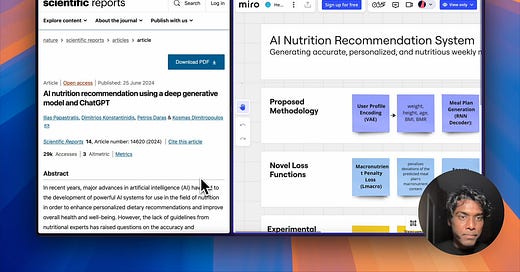


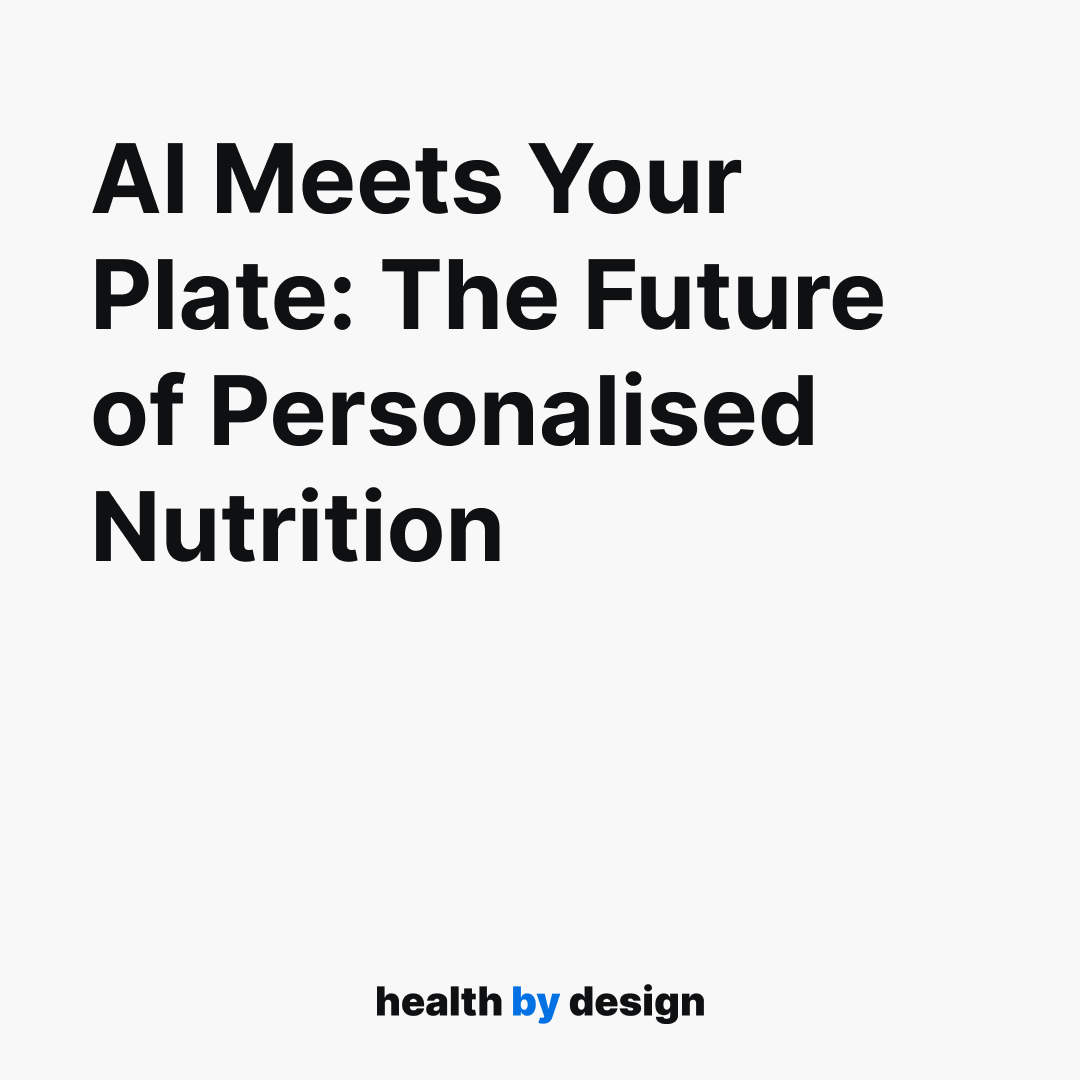
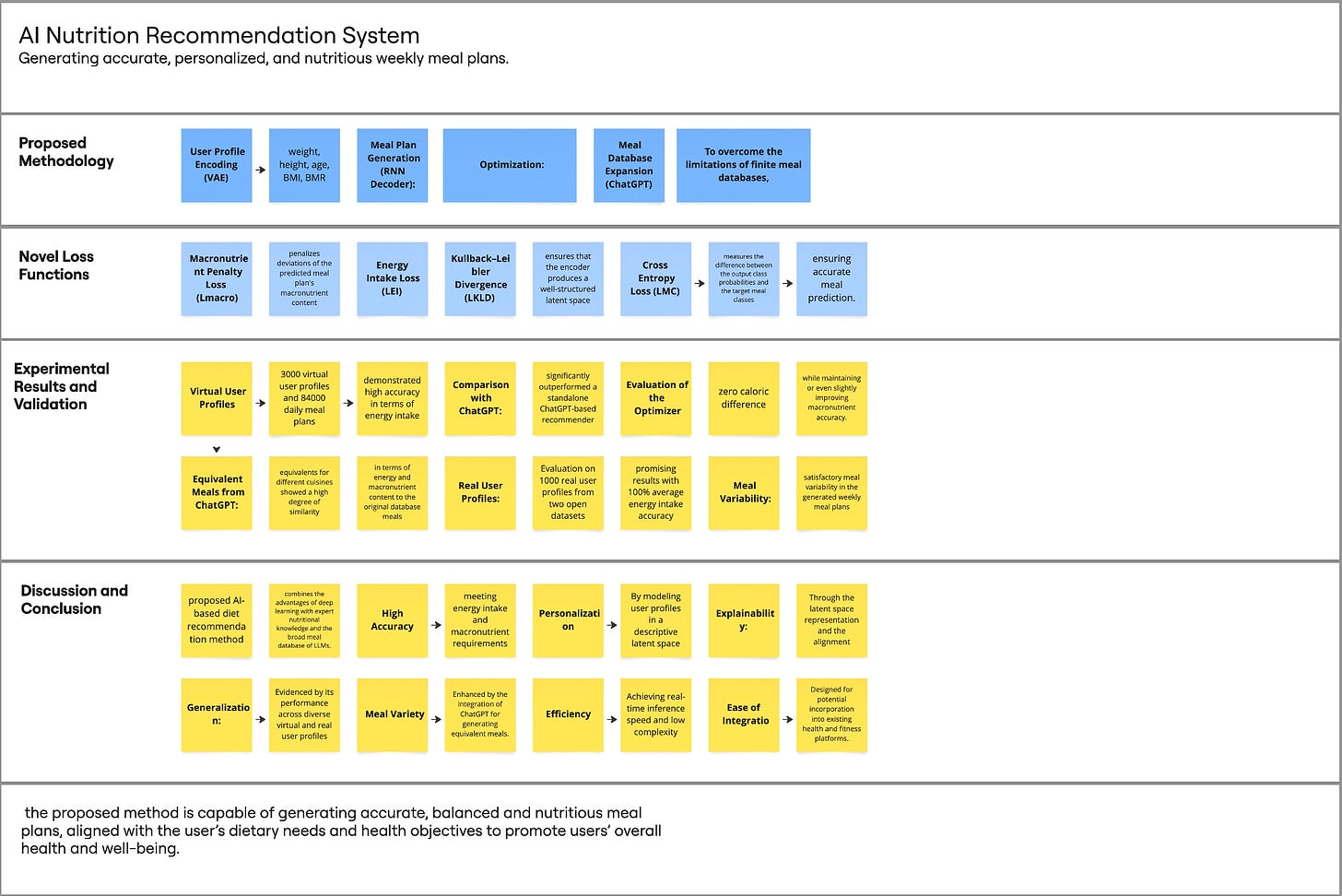
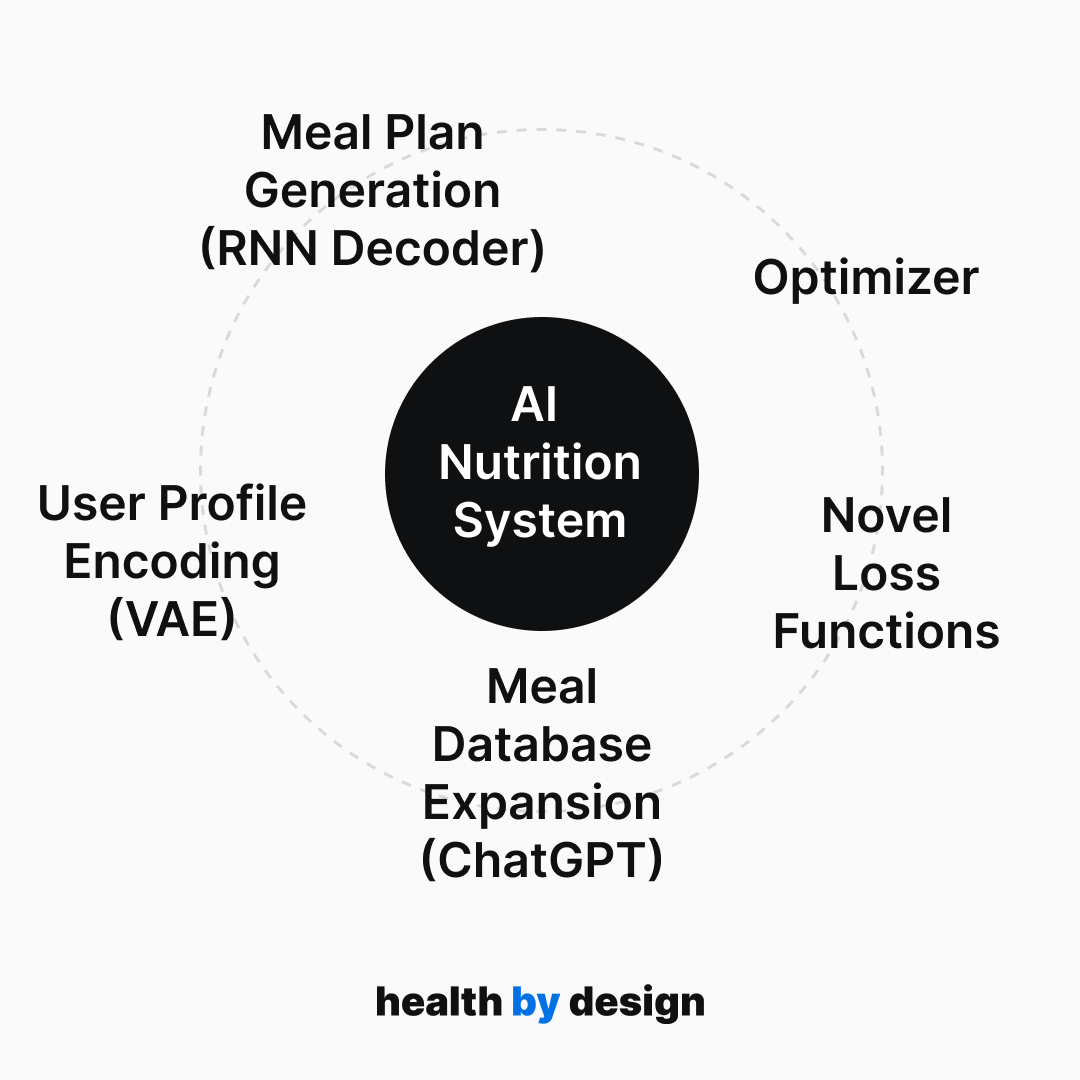
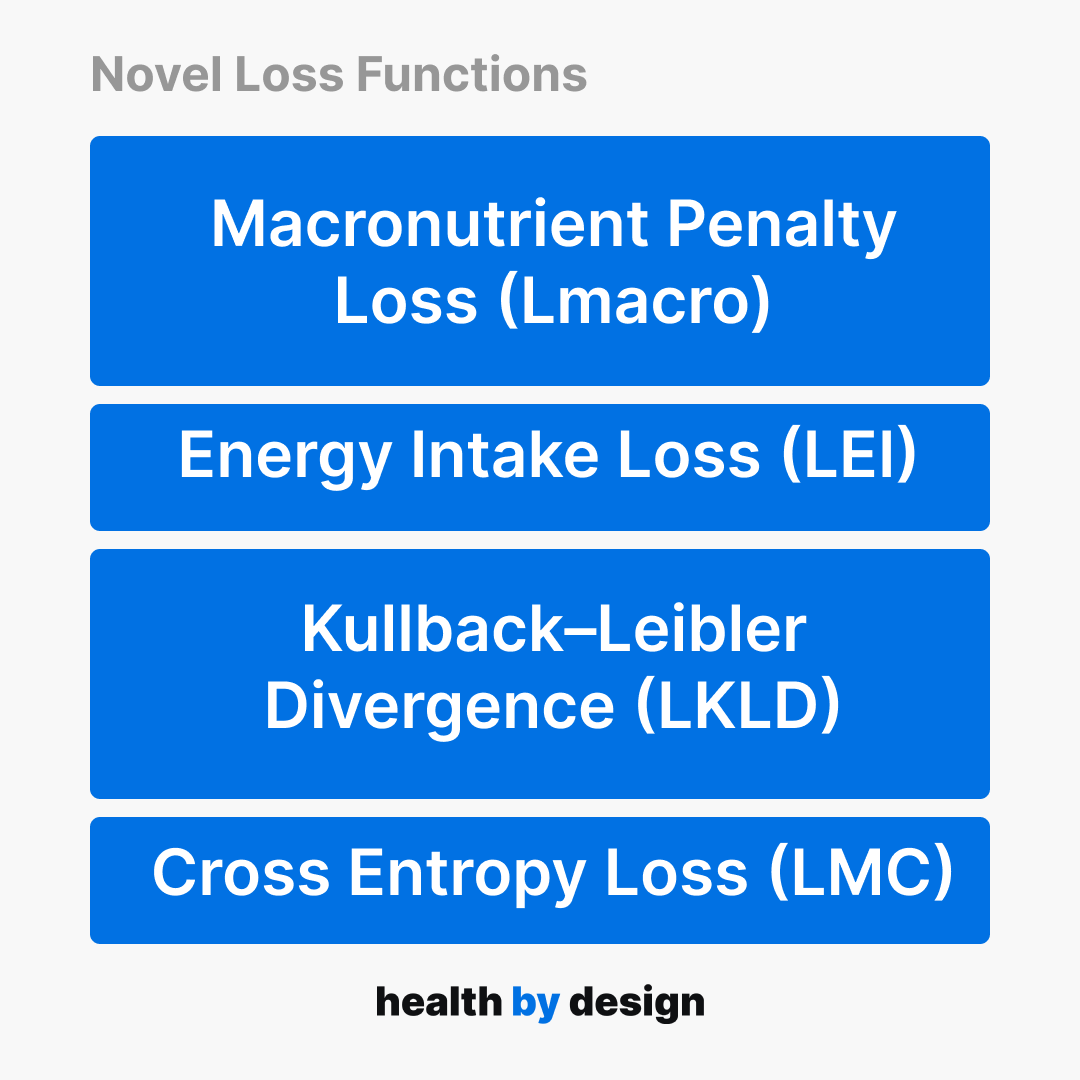
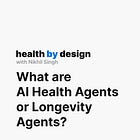
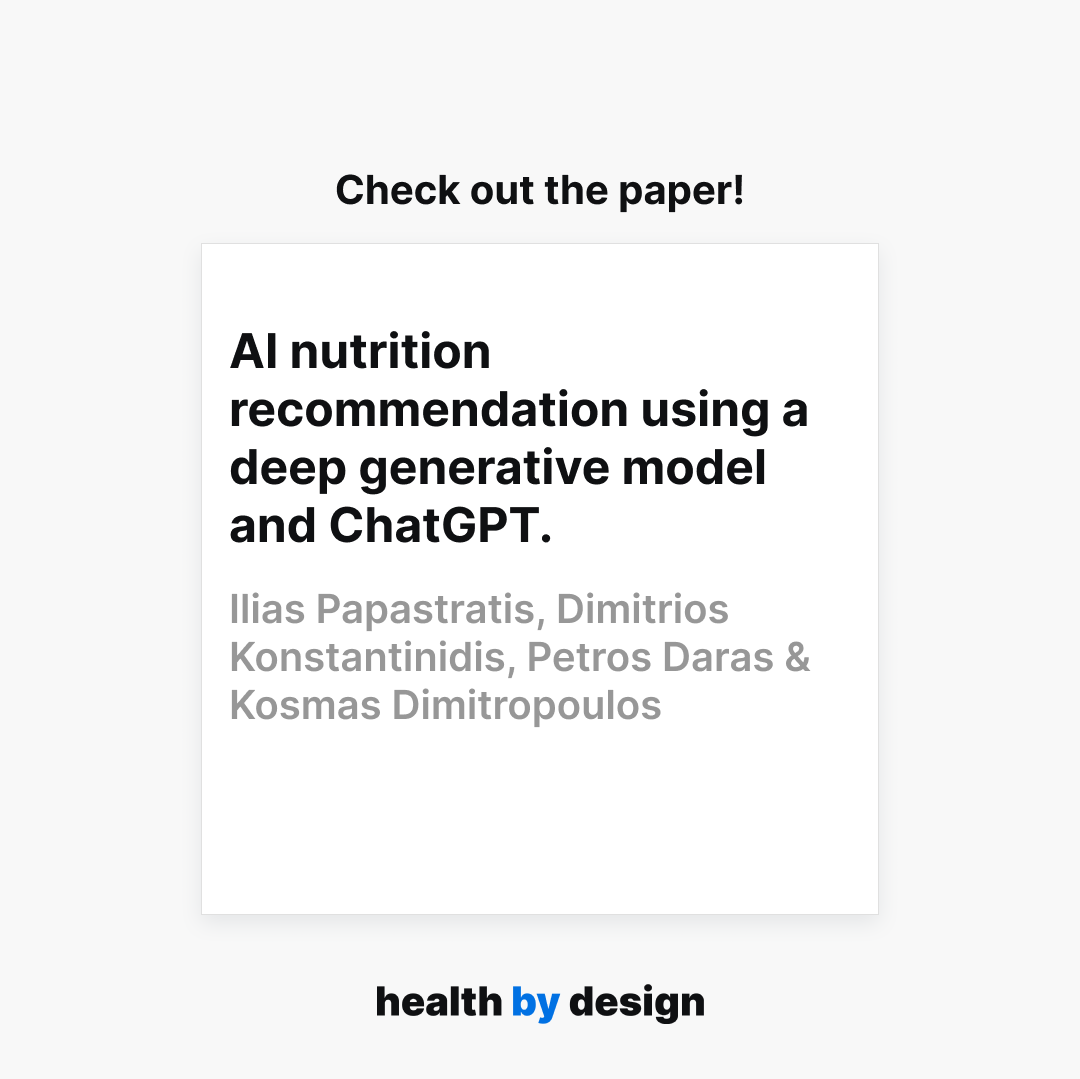
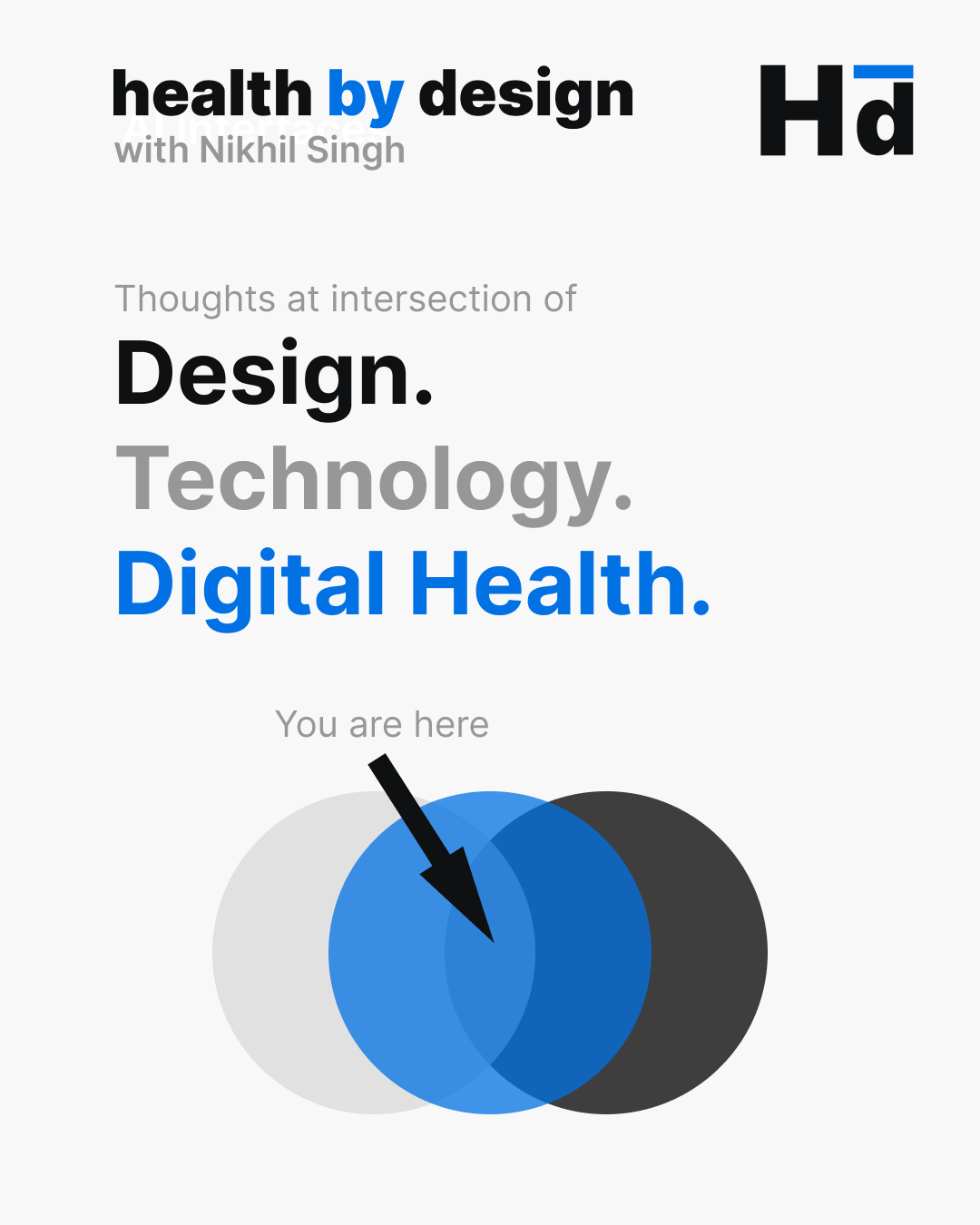

Share this post